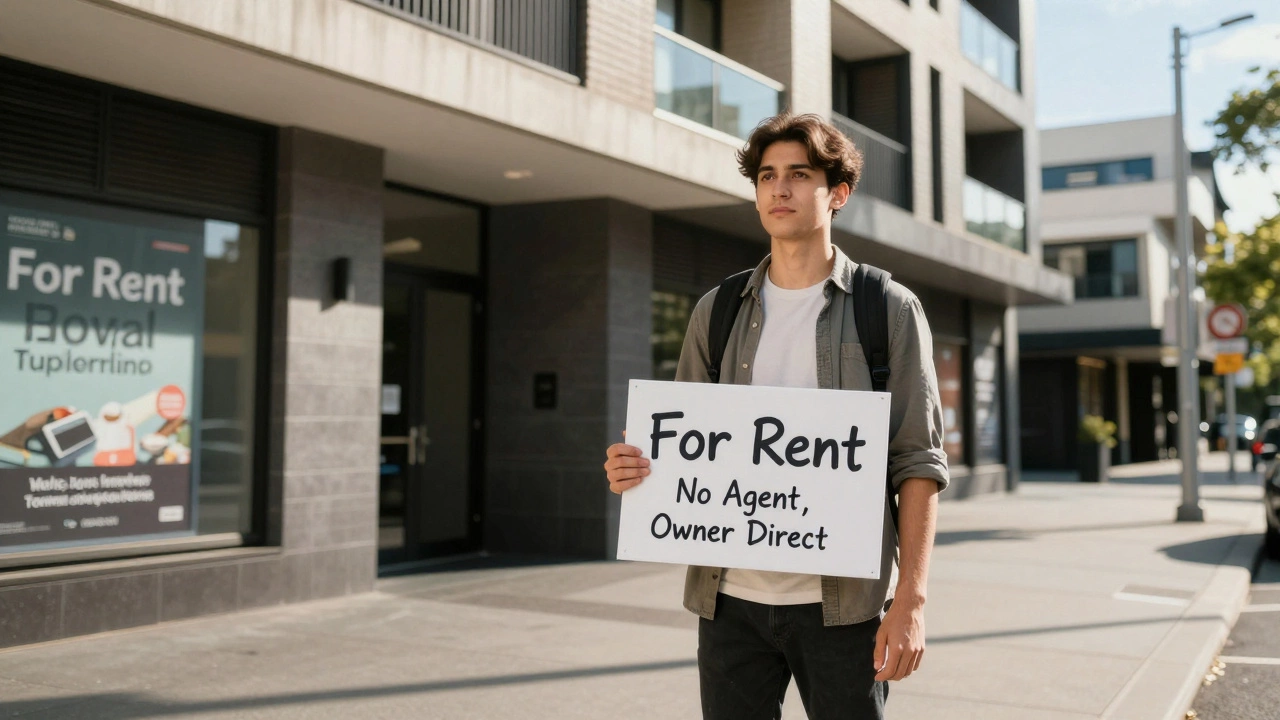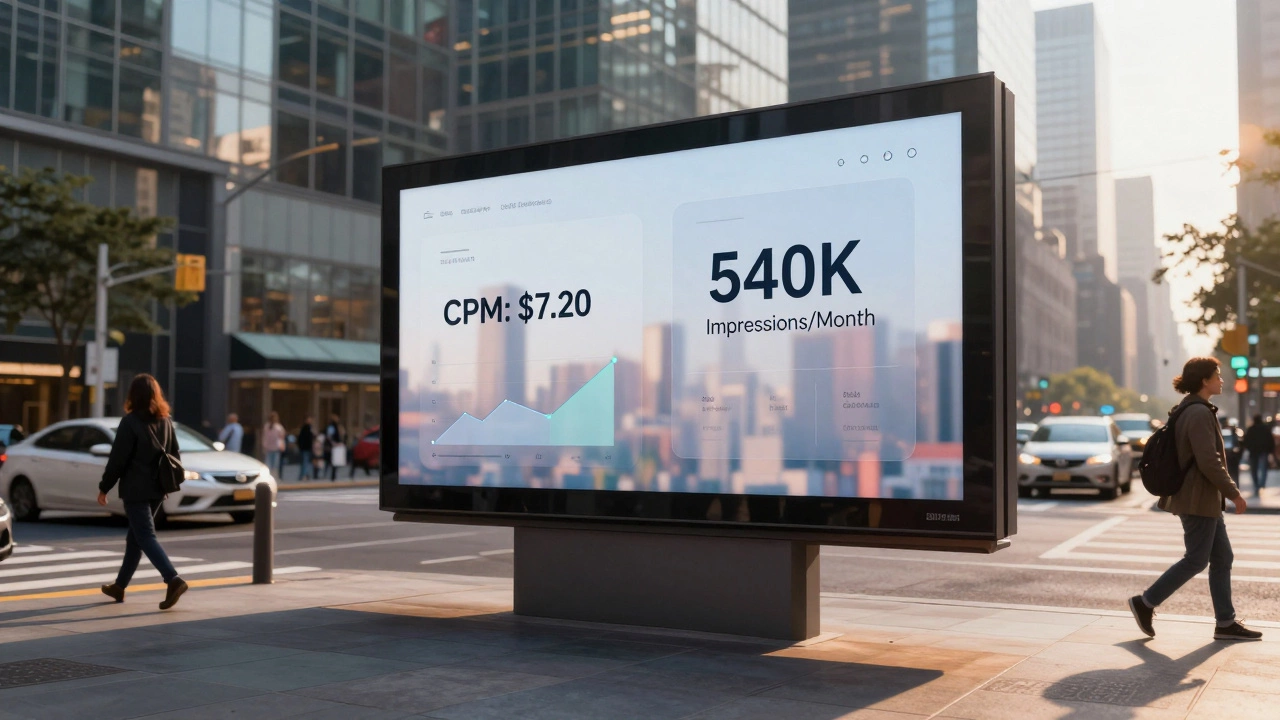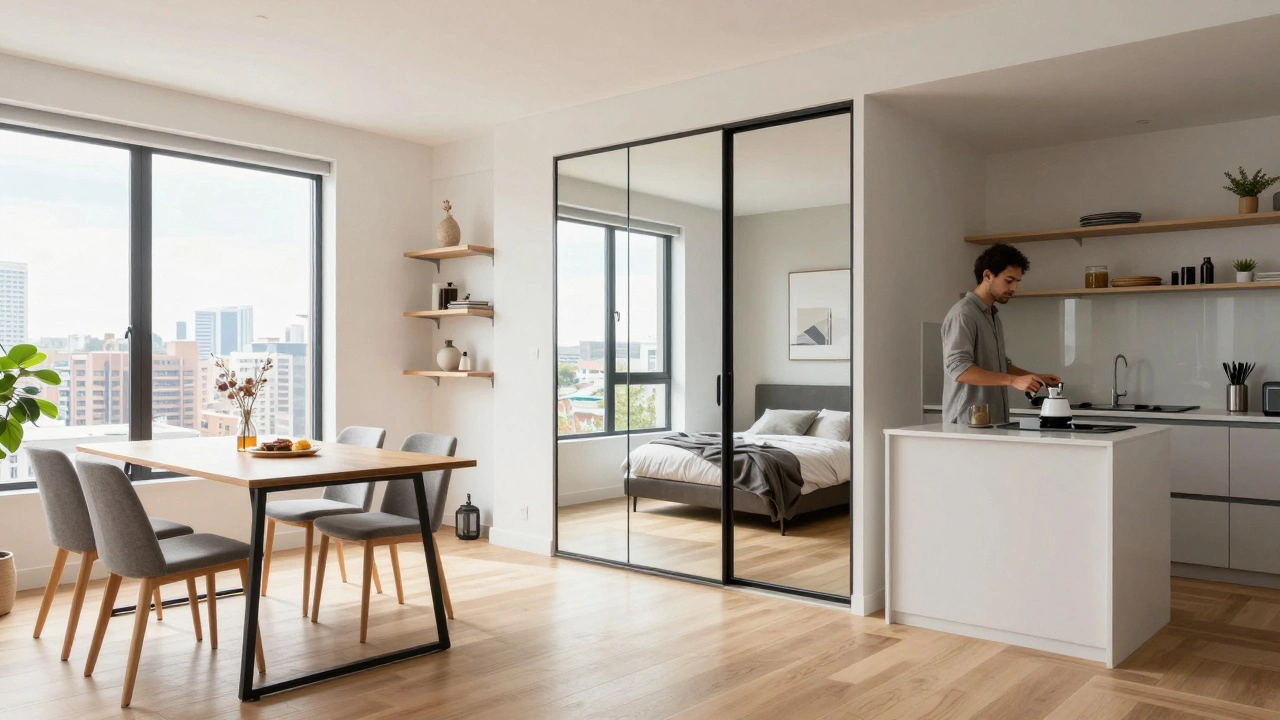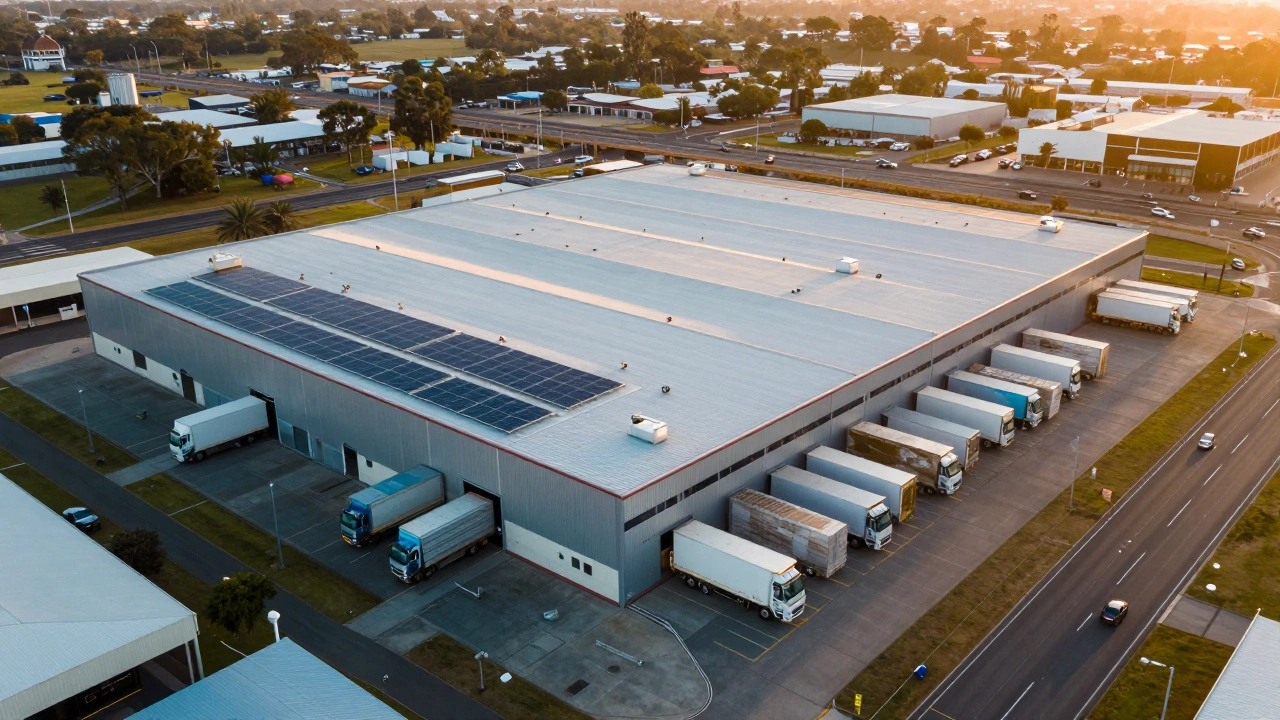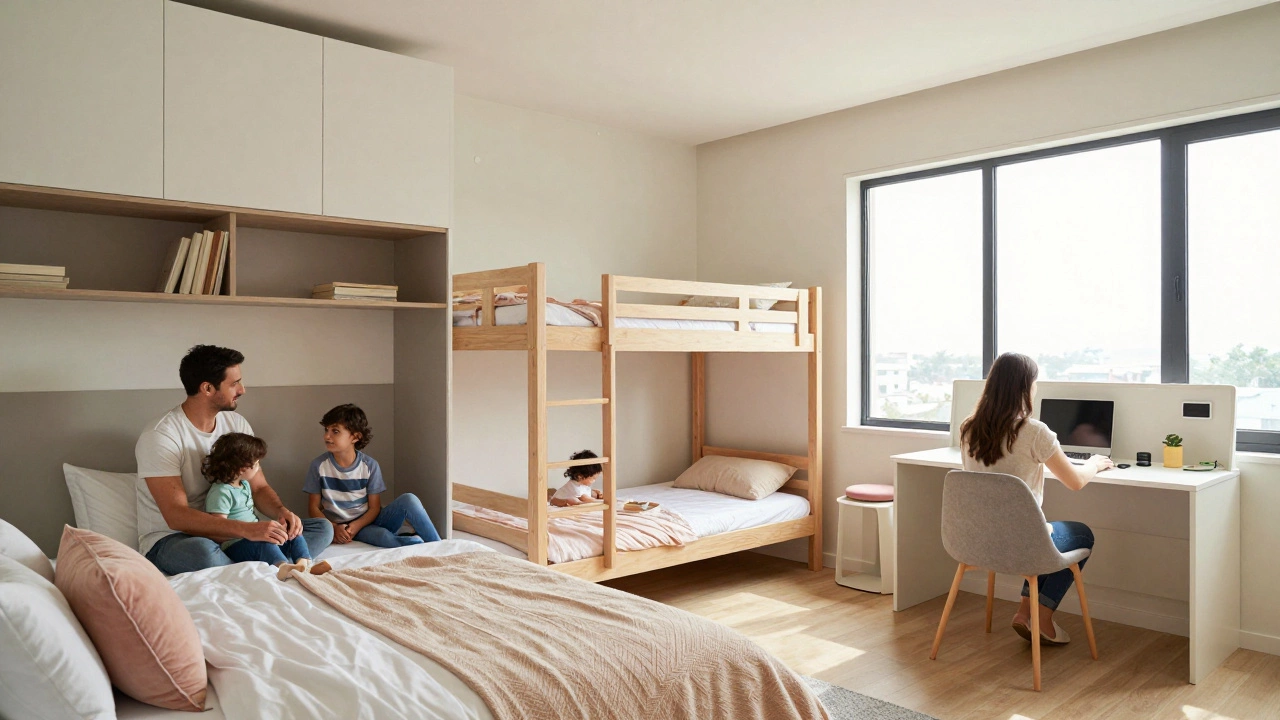When it comes to commercial real estate, the world is full of opportunities, but not all are created equal. Several factors come into play when determining which type of commercial property might offer the best returns. Investors must weigh options carefully, considering everything from location to market conditions.
Some properties promise higher profit margins, while others provide more stability. Understanding the current trends and demand in different sectors can make a significant difference in profitability. In this guide, we'll explore the different types of commercial properties and what makes each one potentially profitable.
Diving into the details of commercial real estate, we'll guide you through the essential elements to consider before making an investment. Whether you're drawn to the hustle and bustle of retail spaces or the steady income of multifamily units, knowing where to focus your attention can set you up for success.
- Understanding Commercial Real Estate
- Market Trends and Demand
- Retail Spaces
- Office Spaces
- Industrial and Warehouses
- Multifamily and Mixed-Use Developments
Understanding Commercial Real Estate
The landscape of commercial property is vast and multifaceted, stretching across various potential investments, each with its nuances. From towering office buildings in city centers to cozy retail outlets nestled in neighborhood shopping centers, the opportunities are as diverse as the needs they serve. At its core, commercial real estate encompasses any property used for business purposes, with the aim of generating income for the owner. However, before diving into any investment, it's crucial to understand the fundamental elements that define this sector.
The first step in grasping commercial real estate is recognizing the types of properties that exist. Commercial real estate primarily includes office spaces, retail stores, industrial or warehouse spaces, and multifamily residential units intended for rental purposes. Each type serves a unique function in the business ecosystem and attracts a different set of tenants, which directly impacts the potential profitability of the investment. For instance, a busy retail corridor might see foot traffic as a lifeline, while office spaces rely heavily on location and infrastructure.
Location usually stands out as the lifeblood of real estate investment. A property in an urban area with robust economic activities can significantly differ in value compared to one in a less populated region. Real estate mogul Barbara Corcoran once remarked,
“A funny thing happens in real estate. When it comes back, it comes back up like gangbusters.”Her insight suggests the cyclical but often rewarding nature of real estate markets, emphasizing the potential gains that can rise with a well-placed investment.
Beyond location, market demographics play a key role. Understanding who your tenants will be and their specific needs can make or break a commercial real estate venture. This involves studying population trends, income levels, and consumer behavior in the area. For example, a tech hub might be ideal for a sleek new office space, while a growing suburban neighborhood might benefit from new retail developments. Supplementary to these factors are economic indicators that provide a bigger picture of market potential. Tracking employment rates, economic growth, and consumer confidence helps investors make informed decisions about where to invest and when.
Lastly, regulation and financing are key factors in navigating the commercial property market. Cities and municipalities have zoning laws and building codes that dictate what can be developed and where. Understanding these regulations is integral for any investor looking to stay compliant and avoid costly legal headaches. On the financial side, securing the right funding is equally essential. Commercial loans often require larger down payments than residential ones and come with significant scrutiny. Thus, having a sound financial plan and projections in place is crucial.
Market Trends and Demand
Understanding the current market trends and demand in the commercial property sector is crucial for any savvy investor. As the global economy continues to evolve, certain trends are standing out more than others, shaping the landscape of commercial real estate investments. For starters, there has been a noticeable shift in urbanization patterns. With remote work gaining traction, companies are re-evaluating their need for traditional office spaces. This means that areas with a strong digital infrastructure and high-quality amenities are becoming increasingly desirable.
A trend that has been gathering steam is sustainability. Eco-friendly buildings are more than just a trend; they're rapidly becoming a standard. Tenants are not just looking for space but are keen on properties that minimize environmental impact. This shift is reflected in the rising demand for LEED-certified buildings as tenants seek to align with greener practices. Incorporating sustainability into commercial spaces not only appeals to environmentally conscious clients but also offers opportunities for long-term savings on energy costs.
The digital age has also significantly impacted retail spaces. Online shopping has surged, prompting retailers to rethink their brick-and-mortar strategies. While this might seem like a blow to physical retail locations, a new model is emerging—a blend of online and offline shopping, known as omnichannel retailing. This shift requires strategic locations for pickup and experience-driven spaces, thereby reshaping the retail landscape. According to Forbes, "Brick-and-mortar stores are transforming to become places for customers to experience the brand rather than just purchase products."
| Property Type | Demand Shift |
|---|---|
| Office Spaces | Remote Work Integration |
| Retail Spaces | Omnichannel Retailing |
| Industrial | Increased E-commerce |
Moreover, the industrial sector is witnessing an uptick thanks to the boom in e-commerce. With more consumers turning to online shopping, the demand for warehouses and distribution centers is on the rise. This presents lucrative opportunities for investors who can secure properties in locations with easy access to transportation hubs. The ripple effect of logistic hubs' expansion is creating a broader demand for industrial properties.
In conclusion, navigating the commercial property market requires agility and foresight. Investors must stay vigilant, keep an eye on emerging trends, and be prepared to adapt to changes swiftly. Whether you are interested in retail spaces, office spaces, or industrial properties, understanding the market trends will empower you to make informed decisions that can lead to profitable investments.

Retail Spaces
When discussing commercial property, retail spaces often come to mind as one of the most dynamic and vibrant sectors. The pulse of a retail space can often be felt in its busiest hours, with customers weaving in and out, indulging in both browsing and buying. Investing in retail offers unique perks and challenges that stem directly from this vibrancy. One important factor is the location which is undeniably crucial. Prime locations, found in bustling city centers or popular suburban commercial hubs, attract high foot traffic, which can translate to higher sales and rental incomes. Yet, premium spots often come with hefty price tags, making the initial investment significant for many.
Retail properties include standalone shops, malls, shopping centers, and exclusive outlets. Each option has its own characteristics and potential for profit. For example, shopping malls provide a diversified income source, with revenue coming from leasing spaces to various businesses like clothing retails, eateries, and service providers. However, they require substantial management to coordinate these different tenants effectively. Meanwhile, standalone stores offer simplicity, often housing a single business that could range from a boutique to a restaurant.
Adapting to market demands is paramount for success. With the rise of online shopping, savvy investors will note that only those retail spaces offering unique experiences or product lines seem immune to the e-commerce takeover. Establishments such as high-end boutiques or experiential stores that invite customers to engage physically with products consistently outperform those that can't differentiate themselves. Retail's appeal lies in its adaptability, and strategic thinking by investors can ensure profitability even in a constantly fluctuating market.
Some investors diversify by adding flexibility in leasing agreements or transforming unused areas into engaging public spaces that can be rented out for events or pop-up markets. A shift has also been seen in integrating technology into retail spaces, where smart stores use digital interactions to enhance customer experiences. This approach is validated by various studies indicating a marked increase in customer retention and spend.
The retail property industry has also seen major trends influenced by the current economy. According to the International Council of Shopping Centers, the average spending per consumer in physical retail experiences increased 12% last year, underscoring that customers still value in-store purchases. Understanding these trends allows investors to make informed decisions that influence returns positively.
"Retail spaces thrive on location, innovation, and the ability to pivot with market trends," says John Smith, a notable property analyst. "It's not just about selling products, but providing experiences that invite customers in."
Investing in profitable properties like retail demands a nuanced approach where market research and consumer behavior insights weigh heavily on decision-making. Ultimately, the allure of retail spaces lies in their potential to adapt and evolve, keeping investors on their toes and fostering innovation in space usage.
Office Spaces
Office spaces have remained a cornerstone of the commercial property sector, even in the face of changing workplace habits. With the rise of telecommuting, many predicted the demise of the traditional office. Yet, this outlook misunderstood the adaptable nature of businesses and their spaces. Offices continue to be a vital part of many industries, especially in urban centers where collaboration and face-to-face interaction are still key. According to JLL's 2023 report, while remote work has made an impact, nearly 70% of companies anticipate maintaining physical offices in a hybrid model. This blend of in-office and remote work has reshaped office demand, emphasizing flexible spaces with advanced technological infrastructure.
Location remains a decisive factor in the profitability of office spaces. Areas with well-developed transportation networks and proximity to amenities attract higher occupancy rates and command premium rents. In cities like New York, London, and Tokyo, the prestige of an office's address can significantly boost its value. However, it's not just about being in a major city. Emerging tech hubs and secondary markets are offering lucrative opportunities as they draw a talented workforce looking for a better quality of life. As these markets grow, savvy investors can find office properties that are poised for future appreciation.
"The nature of office work is evolving, but the need for a space where teams can build culture remains crucial," notes Julie Whelan, a senior researcher at CBRE.
Moreover, the design and features of office spaces are evolving to meet new demands. Modern businesses seek environments that foster creativity and well-being. Open floor plans, sustainable materials, and wellness amenities are no longer optional but expected by tenants. LEED-certified buildings are particularly in demand, as many companies prioritize their carbon footprint and energy consumption. Additionally, technology integration is critical, with smart building systems that enhance efficiency and user experience becoming more common. These elements can enhance the appeal of an office property, ensuring it remains competitive in the market.
Another trend influencing office spaces is the rise of co-working environments, offering scalable solutions for startups and freelancers. Companies like WeWork and Regus have revolutionized this concept, renting flexible real estate solutions to businesses of all sizes. These spaces often come with added perks like networking opportunities and events, making them attractive to a younger, dynamic workforce. Office properties that can accommodate or convert to co-working spaces have found a new avenue for sustaining profit, offering versatile leasing options that resonate with modern tenants.
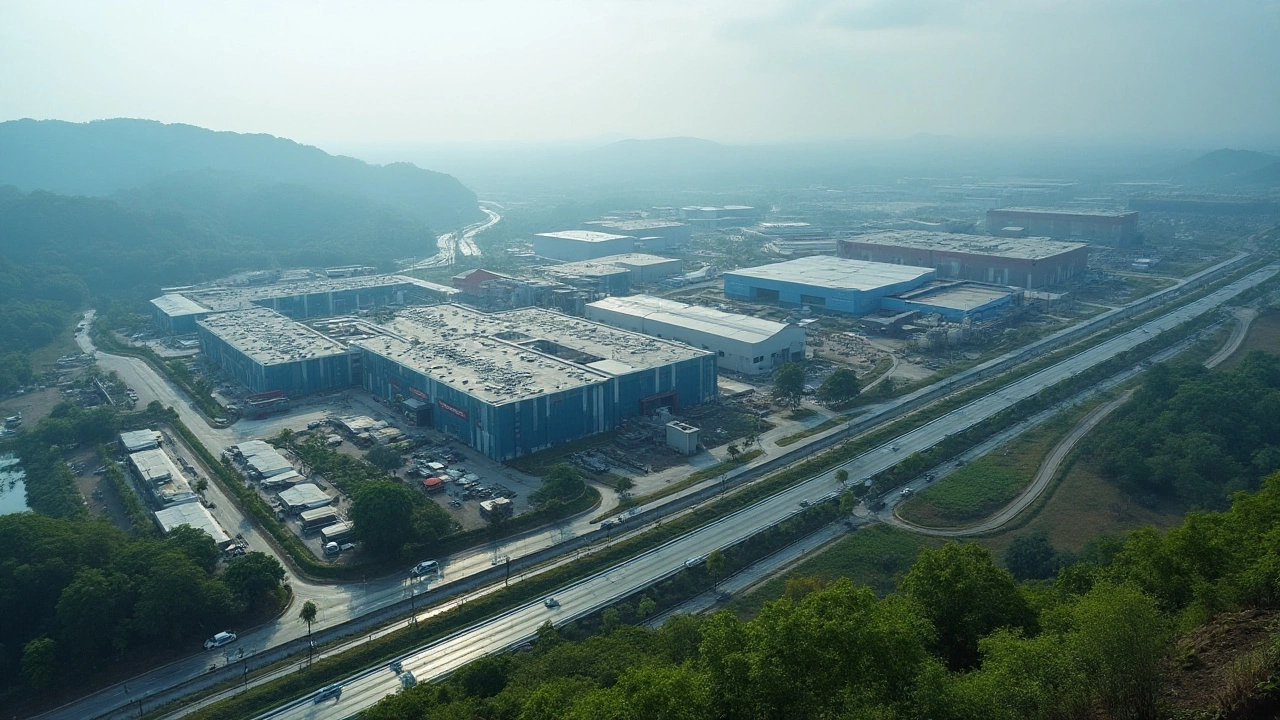
Industrial and Warehouses
Industrial properties and warehouses are gaining traction as the backbone of modern commerce. The rise of e-commerce and logistics has put these properties in the spotlight, leading to remarkable demand and profitability. Investors are attracted to these sectors not just for their income stability but also for their high ROI potential. What's causing this shift? The constant growth in online shopping has reshaped supply chains, and the need for distribution centers close to urban areas has never been greater.
Consider the flexibility offered by industrial properties. They usually have long-term lease agreements, which means fewer tenant turnovers and more consistent cash flow. Unlike retail properties, which can be subject to fluctuating foot traffic, warehouses serve as essential links in the supply chain, providing services that are indispensable across various industries. They can be repurposed for different industries, whether it's manufacturing, storage, or technology, which reduces the risks associated with changes in market demands.
A key factor in warehouse profitability is their strategic location. Proximity to transport hubs, such as major highways, ports, and railways, can significantly boost an industrial property's value. As of late, many investors keep an eye on regions undergoing infrastructural developments, predicting that connectivity improvements will lead to increased demand. The ability to foresee these developments can offer a competitive edge. According to a study by CBRE, logistics leasing activity surged in 2021, indicating a robust market appeal for industrial spaces.
The enduring resilience of the industrial real estate sector showcases its critical role in today's economy," notes John Dunne, a property analyst.
Another consideration for investors is the cost-efficiency of industrial buildings. These properties often involve lower maintenance costs compared to commercial real estate like office spaces. The simplicity in design and construction materials used often translate to lower property management expenses over the long haul. This is particularly true for prefab structures that require less investment in architecture but can accommodate various business needs. Now, pair this with the environmental advantages many contemporary warehouses offer—such as solar panel roofs or rainwater harvesting systems—and you have an attractive proposition for eco-conscious businesses.
Technological Integration
The trend toward automation in warehouses cannot be ignored. The advent of technologies such as AI and robotics has transformed warehousing operations, improving efficiencies and subsequently raising operational profitability. Automated warehouses often attract higher-paying tenants willing to invest in cutting-edge facilities that reduce labor costs and enhance productivity. For aspirant investors, these enhancements entice better returns, especially when linked with data-driven logistics management, which is increasingly becoming a preferred choice among big players.
It is worth noting that investing in such advanced facilities may come with heavier upfront costs. Yet, the long-term profitability generally justifies the investment due to reduced operational expenses and heightened demand from high-caliber tenants. The industrial sector is often seen as a low-risk, steady-return option, ideal for investors looking for consistency and growth.
Emerging Trends
Trends like micro-fulfillment centers are emerging as urban demand for rapid delivery escalates. Investors are now exploring smaller sites located closer to end-users, capitalizing on the last-mile delivery race. These smaller facilities operate as localized hubs in densely populated areas where consumers expect quick deliveries. As cities turn towards smart urban logistics, these types of industrial properties are expected to witness significant growth and appreciation in value.
The consistent demand for industrial properties and warehouses underscores their potential as a wise investment choice. By understanding market drivers, technological advancements, and locational advantages, investors can position themselves ideally within this robust segment of commercial real estate.
Multifamily and Mixed-Use Developments
When we think about profitable properties, multifamily and mixed-use developments often stand out for savvy investors. These types of properties offer a unique blend of stability and growth potential, making them a popular choice for those looking to add diversity to their real estate portfolio. Multifamily units, such as apartment buildings and condominium complexes, provide consistent income through dwelling rents. While managing such properties involves a fair share of responsibilities, they also tend to have lower vacancy rates compared to single-family rentals. In urban areas where housing demand is high, this stability can act as a promising hedge against economic downturns.
Mixed-use developments, on the other hand, combine residential living spaces with commercial or office areas. This integration caters to a variety of tenant needs and desires, often creating a bustling ecosystem where people can live, work, and shop in one. By drawing in different audiences, these properties can fetch multiple streams of revenue, potentially enhancing an investor's return on investment. A well-located mixed-use development can significantly contribute to urban revitalization, generating value for its community and the investors alike. This interconnected nature of mixed-use property can be its biggest advantage, attracting a wider demographic and encouraging prolonged tenure.
The Market Shift and Tenant Preferences
In recent years, there has been a noticeable shift towards urban lifestyles—a trend adding value to multifamily and mixed-use properties. A growing population seeks the convenience and vitality of cities, boosting the demand for these types of accommodations. Cities that have undergone a renaissance see their downtown areas populated by ascending businesses and younger generations looking to stay close to work and amenities. According to a report by the Urban Land Institute, "the shift towards living, working, and playing in the same area is a strong driver for the growth of mixed-use developments." As lifestyle trends continue to evolve, flexibility and location become increasingly critical factors, making multifamily and mixed-use developments even more desirable.The preference for convenience and accessibility is influencing the demand for mixed-use development projects across major global cities. – Urban Land Institute
Risks and Considerations
Even though these properties boast several advantages, multifamily and mixed-use developments are not without challenges. Investors must often deal with complex zoning regulations and higher initial costs compared to more traditional investments. The management of these properties can require a heightened level of expertise and involvement. Identifying prospective tenants for both commercial and residential spaces requires a strategic marketing approach and a robust due diligence process to assess potential risks. Financial stability for mixed-use developments hinges on securing reliable tenants for each component, emphasizing the importance of location and a well-diversified tenant mix.According to the National Association of Realtors, multifamily properties have shown strong investment appeal, with an average annual appreciation rate of around 6%. This can provide excellent prospects for long-term capital gains. Discerning investors who undertake a comprehensive analysis of market trends, property location, and tenant criteria can reduce potential risks and reshape their investment outcomes. Multifamily and mixed-use segments have proven resilient under various economic conditions, often outperforming other asset classes.
As we delve into the future of commercial property investments, both multifamily and mixed-use developments offer a well-rounded opportunity for profit and growth. Understanding their dynamics and the accompanying shifts in market demand will distinguish successful ventures from the rest, making them an exciting option for today's investors.

